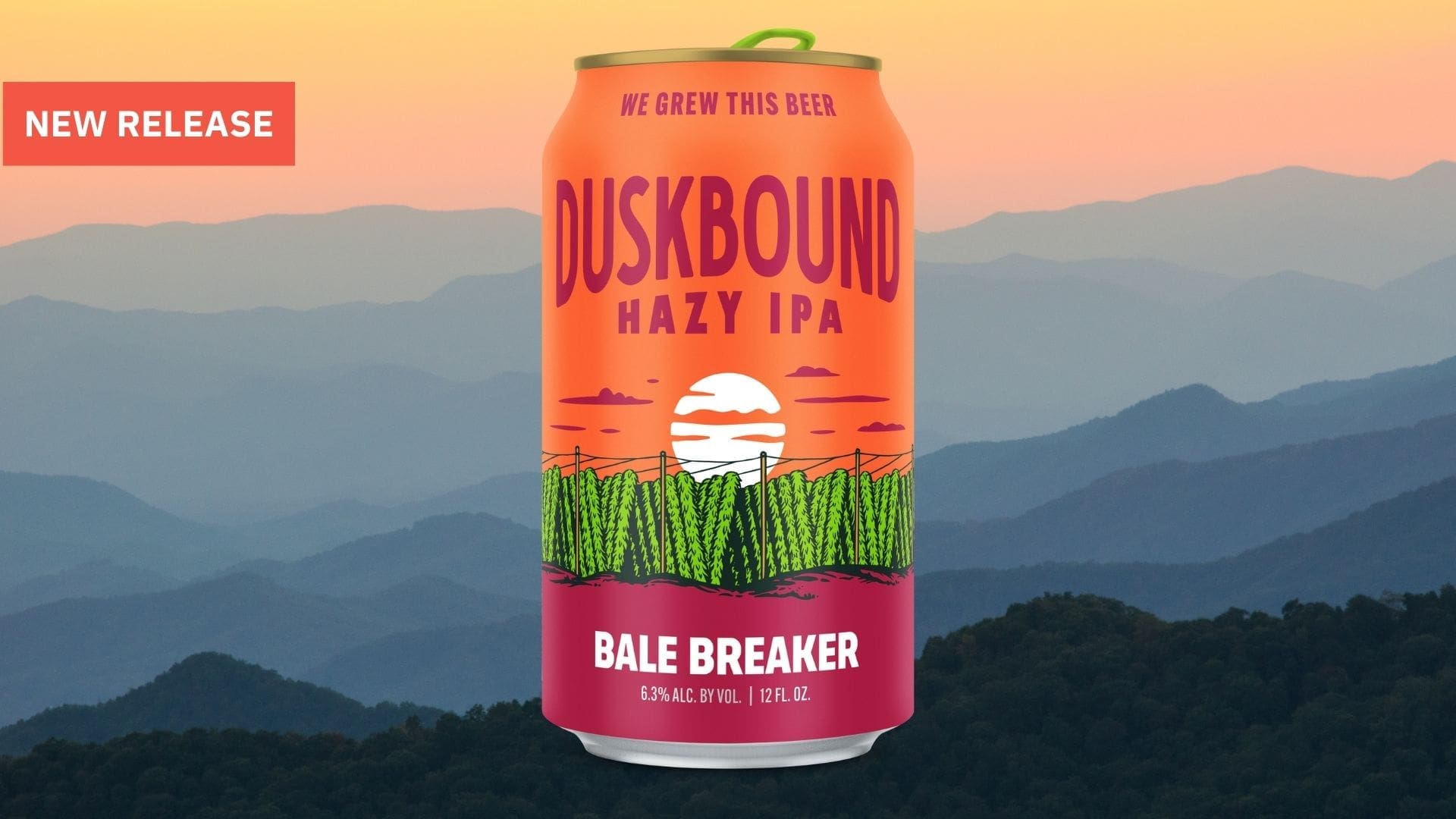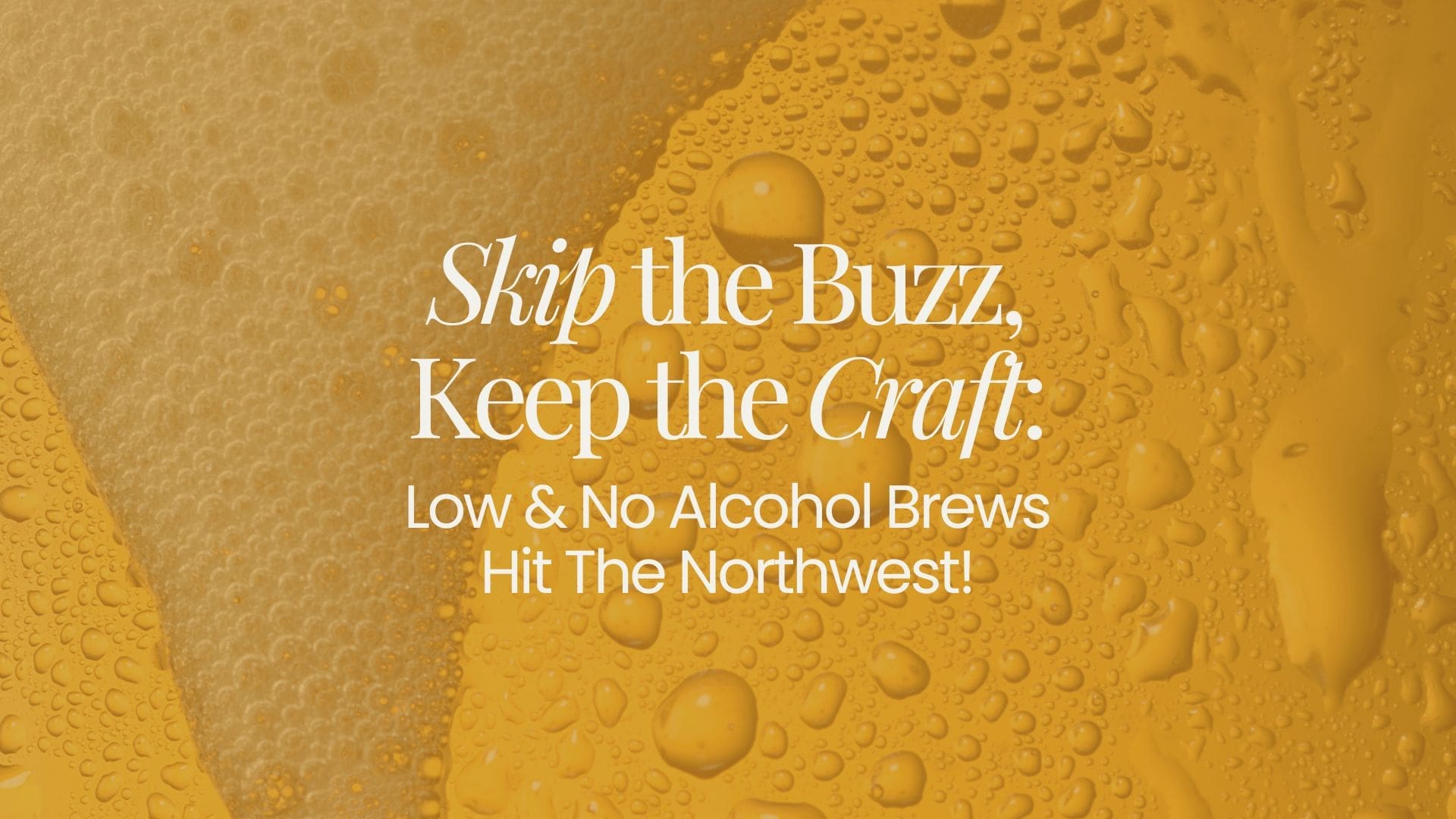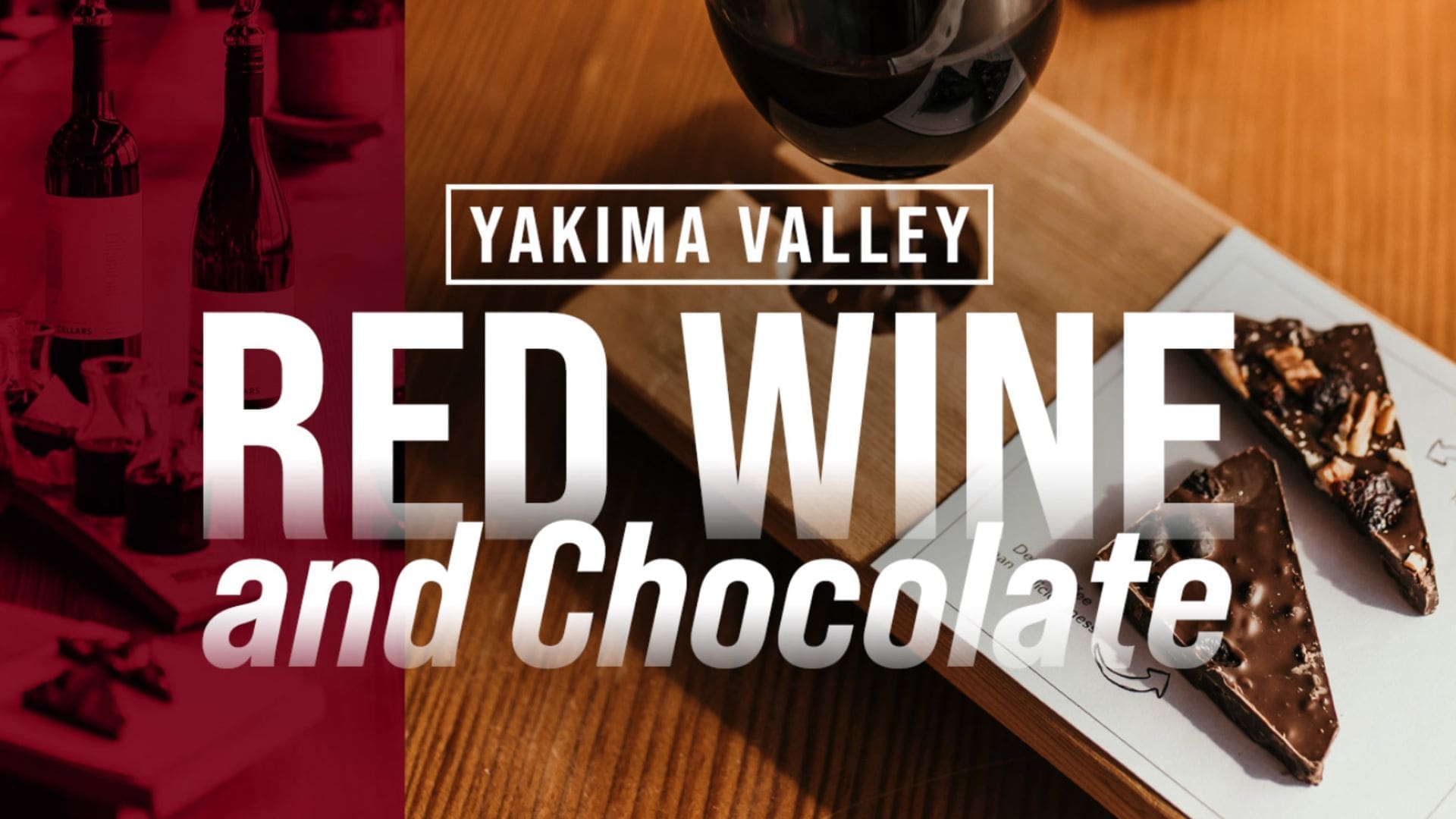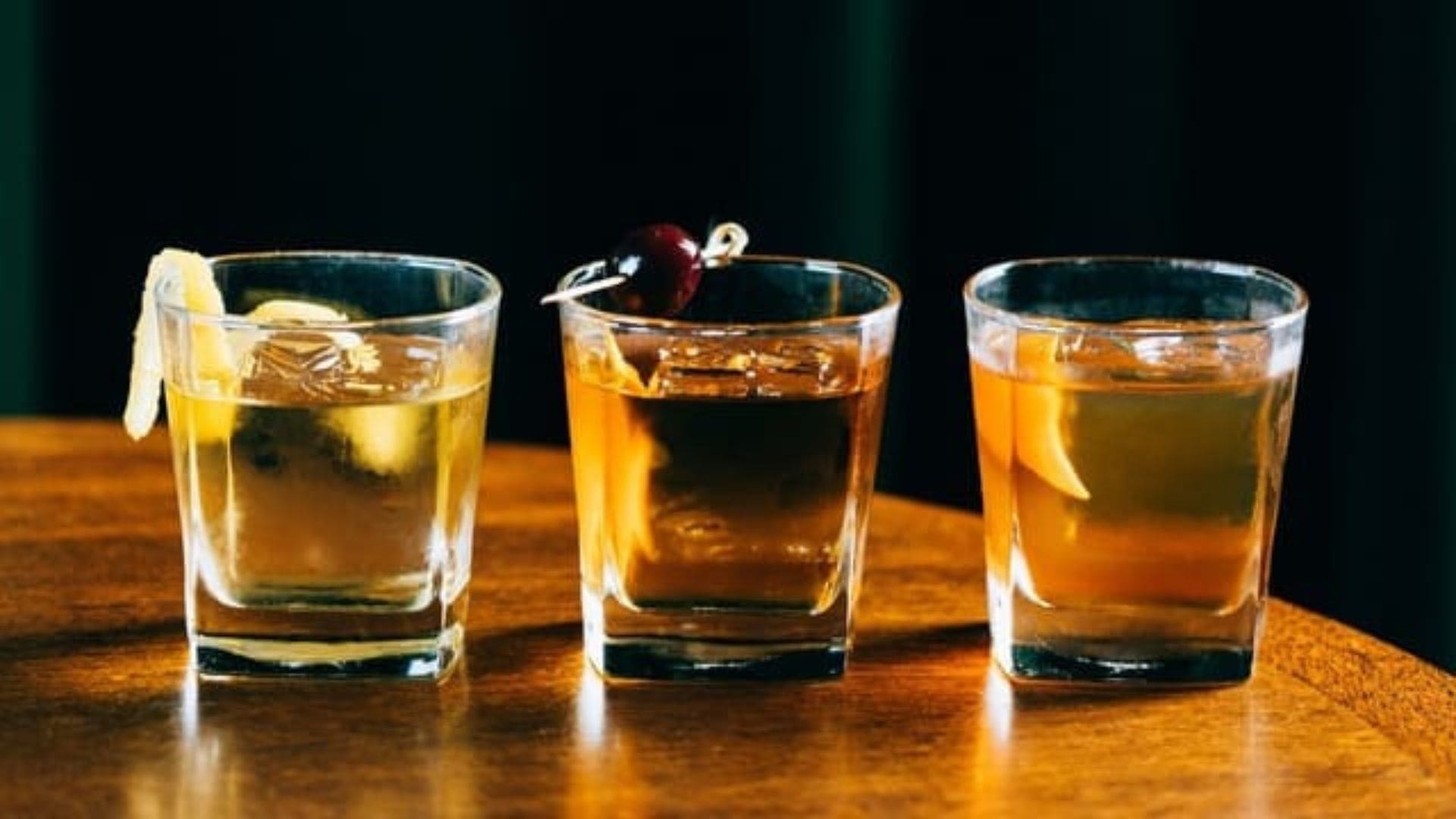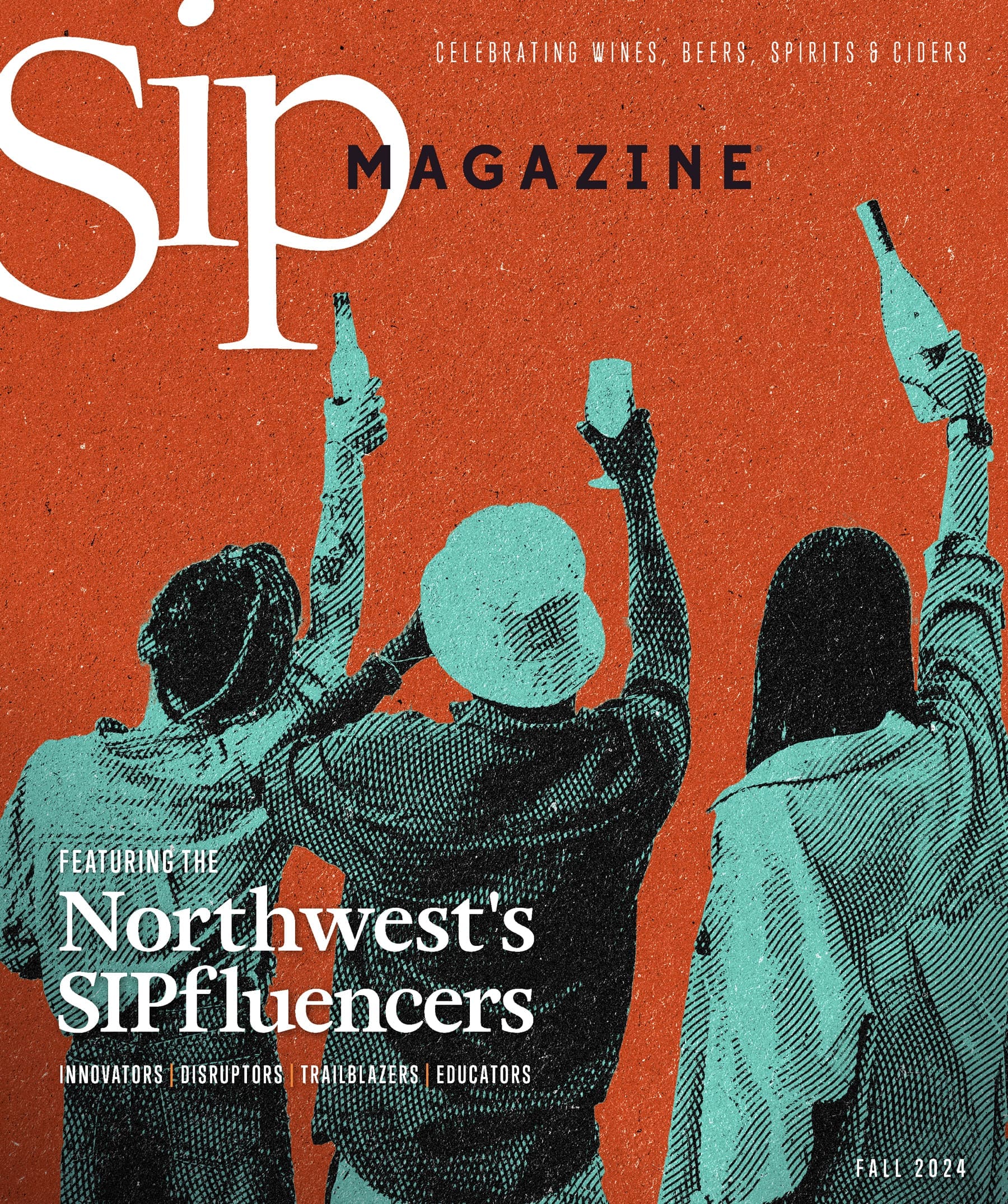After being involved with a brewery startup that never made it off the ground and working in the industry for years, Josh Smith yielded to the call of self-employment. He approached his parents about opening a brewery on their property, the family farm where he grew up in Blaine, Washington.
Everyone was on board with Smith’s proposal, even his wife, Monica, who worked with him at the same local craft beer bar before they tied the knot. After 15 months of permitting and construction, the Smiths brewed their first batch of beer on March 18, 2016, launching as Atwood Ales.
In 2017 Atwood developed 29 different beers, including one-offs, experiments and collaborations. This year, Smith says he’s on track to break 100 barrels. Here, he talks about IPAs, the unique ingredients he uses and how he recycles.
1) What is your beef with IPAs?
There’s no beef, we just like chicken better. Seriously, we don’t hate IPAs, it’s just not our go-to beer style for drinking or food-pairing purposes. We don’t think it makes sense to compete for shelf space and attention for a style we’re not passionate about. Brewing seasonally influenced farmhouse beers on a farm is what we’re about and IPAs don’t fit into our portfolio or our brewery identity.
2) What vegetables and possibly never-before-used ingredients have you incorporated into your brews?
Over the past two years, our most successful creations have involved potatoes, carrots and stinging nettles. We’ve also made interesting beers from honeysuckle flowers, nasturtium blooms, sage, rosemary and dead tree leaves. It’s not a question of why, but why not use vegetables and other readily available herbs. Many plants growing on our property are tasty and interesting. The light sweetness of the candied carrots in our Autumn Rabbit come from 100 percent estate-grown carrots. Mo’s Saison “Stinging Mo’s,” named after my beautiful wife, Monica, features foraged stinging nettles.
Our very first batch of beer was our Dark Harbor oyster stout. For 30 years of my life, I didn’t like oysters, then I tried some from the nearby Drayton Harbor Oyster Co.‘s farm and became a fan. Oysters and beer have long been a naturally pairing so it made sense to collaborate with Drayton Harbor.
3) You seem to be a great recycler. How do you repurpose the waste that comes from brewing beer?
We send our spent brewing grains to a neighborhood farmer for pig feed, and we compost the other organic material that comes out of the brewhouse. But the recycling we’re most proud of is how we reuse our wastewater. Working with our local conservation district, we formed a plan to reuse our processed wastewater to irrigate our crops. Our wastewater from brewing and cleaning procedures goes into two large holding tanks, where it’s aerated, tested for pH, nutrient load and other factors and then applied to our hops, fruit trees, grapevines and berry plants.
4) Is there a tasting room in Atwood Ale’s future?
We’re about two years away from opening a tasting room in downtown Blaine. Meantime we have begun offering regularly scheduled tours of the farm and the brewery. On Saturdays, you can buy and taste our beer at the Bellingham Farmers Market.


